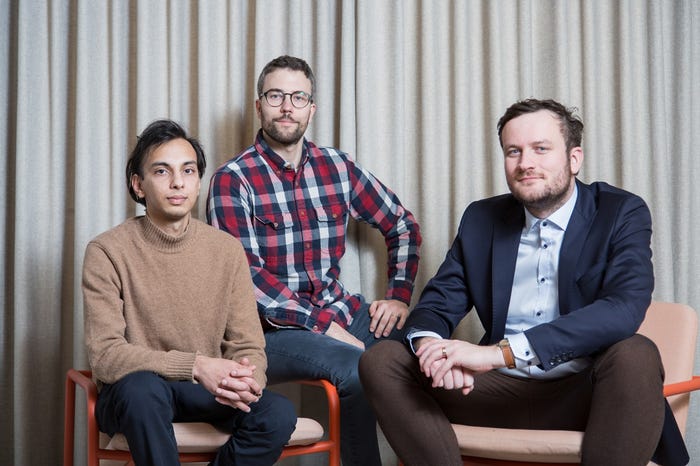
Connects decision-makers and solutions creators to what's next in quantum computing
How Businesses Can Safeguard Operations From Quantum ThreatHow Businesses Can Safeguard Operations From Quantum Threat
Defending against quantum computing threat to current encryption methodologies requires a multi-layered, defense-in-depth approach
January 24, 2025

Recent advances in quantum computing, sensing and communications capabilities promise to deliver a step-change in digital infrastructure and services across industries, societies and governments. At the same time, such developments create a risk of shielding digital information through the threat of attack by a cryptographically relevant quantum computer (CRQC).
Such capabilities will render most current encryption methods obsolete, with devastating consequences. The industry is realizing that it can no longer rely on a single cryptography layer. As the emergence of CRQC becomes more likely, so does the urgency to safeguard sensitive data, critical infrastructures and national security. The much-needed response requires a multi-layered, defense-in-depth approach, yet with the flexibility to adapt to the evolution of quantum computing.
In addition to recent developments in post-quantum cryptographic (PQC) standardization at the application layer, quantum-safe networking (QSN) is becoming a beacon in the connected digital age. This is where we marry the quantum-resistant encryption techniques with networking technologies, to ensure that any data traversing the quantum-safe networks can withstand the might of quantum computers against any attempts of eavesdropping and deciphering.
This is also where we depart, for some types of connections, from traditional mathematics-based cryptography to physics-based cryptography, whether valuable information traverses within enterprise campus networks, across multiple government and defense locations, or from one country to another across the European Union, and the globe. Quantum-Safe Networks will become the key enabler to achieve NIS2 ambitions for data-in-flight.
This will be embedded in all mission-critical networks across Europe, including public telecommunications infrastructure, government, defense, finance, healthcare and power utilities – wherever data confidentiality is paramount. Whether protecting national security or ensuring the integrity of our digital economies, QSN establishes itself as a quantum-safe haven.
This journey has already started with telecom service providers across Europe and will continue to expand into mission-critical networks across industries and verticals throughout the region.
About the Author
You May Also Like






